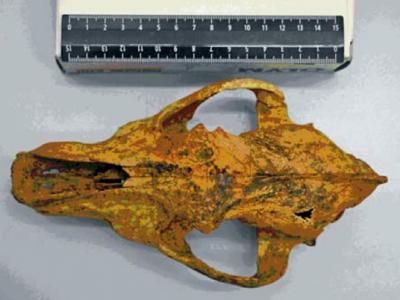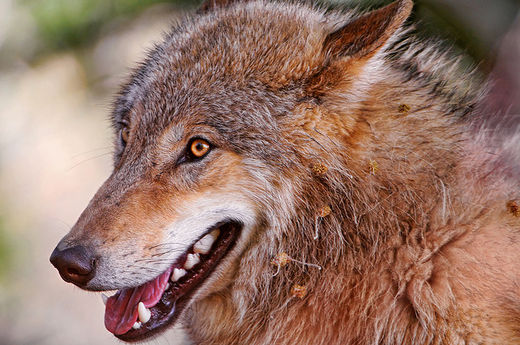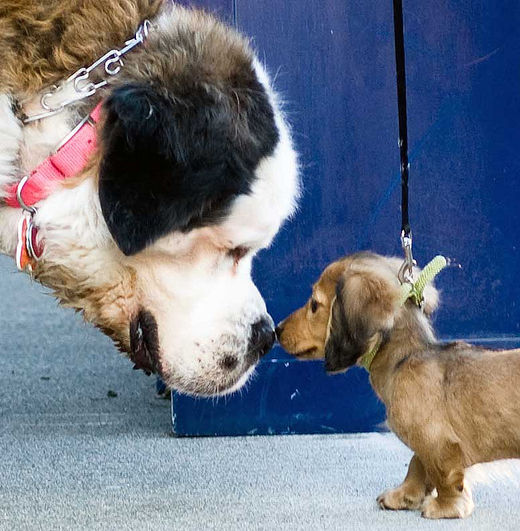The ancient skull, preserved in a cave in the Altai Mountains of Siberia for 33,000 years, presents some of the oldest known evidence of dog domestication and, together with equally ancient dog remains from a cave in Belgium, indicates that domestication of dogs may have occurred repeatedly in different geographic locations rather than with a single domestication event.
In other words, today's dogs might have originated from more than one ancient ancestor, contrary to what some DNA evidence previously has indicated.
Greg Hodgins, a researcher at the University of Arizona's Accelerator Mass Spectrometry Laboratory is co-author of the study that reported the find. He said:
Both the Belgian find and the Siberian find are domesticated species based on morphological characteristics. Essentially, wolves have long thin snouts and their teeth are not crowded, and domestication results in this shortening of the snout and widening of the jaws and crowding of the teeth.The Altai Mountain skull is extraordinarily well preserved, said Hodgins, enabling scientists to make multiple measurements of the skull, teeth and mandibles that might not be possible on less well-preserved remains. Hodgins said:
The argument that it is domesticated is pretty solid. What's interesting is that it doesn't appear to be an ancestor of modern dogs.The researchers used radiocarbon dating to determine the age of the Siberian skull. They determined that the Siberian skull predates the last great ice age, which occurred between 26,000 and 19,000 years ago. Because the ice sheets severely disrupted life for humans and animals during this time, Hodgins believes neither the Belgian nor the Siberian lineages survived the severe conditions.
However, the two skulls indicate that the domestication of dogs by humans occurred repeatedly throughout early human history at different geographical locations, which could mean that modern dogs have multiple ancestors rather than a single common ancestor. Hodgins said:
Typically we think of domestication as being cows, sheep and goats, things that produce food through meat or secondary agricultural products such as milk, cheese and wool and things like that.Bottom line: A dog skull, preserved in a cave in the Altai Mountains of Siberia for 33,000 years, presents some of the oldest known evidence of dog domestication and, together with equally ancient dog remains from a cave in Belgium, indicates that domestication of dogs may have occurred repeatedly in different geographic locations rather than with a single domestication event.
Those are different relationships than humans may have with dogs. The dogs are not necessarily providing products or meat. They are probably providing protection, companionship and perhaps helping on the hunt. And it's really interesting that this appears to have happened first out of all human relationships with animals.
Source: EurekaAlerts






Reader Comments
to our Newsletter